Not expecting to receive a Tet bonus, Ms. Oanh - a garment worker in Linh Trung (Thu Duc) was surprised to receive the news that she would receive the bonus in mid-January 2024.
"Business is sluggish, salaries have decreased but still getting a 0.5 month bonus is a great joy for us," said Ms. Oanh.
During the Covid-19 pandemic, according to Ms. Oanh, orders were steady and workers had to work 1-2 hours overtime every day. This year, most workers at the company only worked 8 hours, and some days they even got to leave 2 hours early.
Wishing workers a happy Tet, the leader of a textile company in Dong Nai said that this year, the company only achieved 60% of its planned revenue and had reduced its workforce by 30%, but it will still try to reward each employee with 0.7% of their monthly salary. "The profit is small, but we still balance it to give Tet bonuses to workers because at the end of the year, they still shop and spend a lot," said the CEO of the above company.
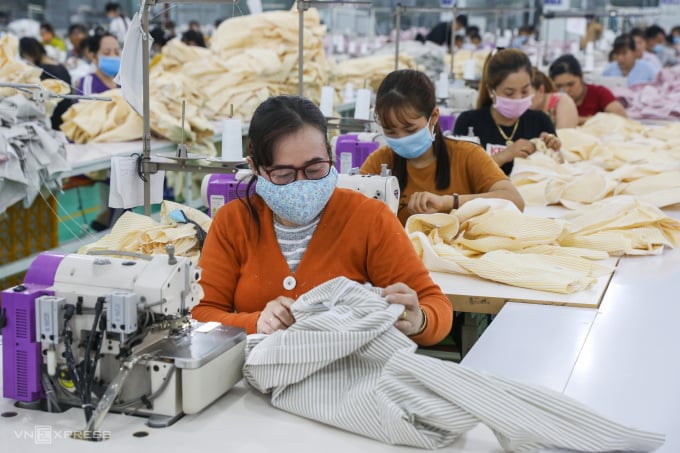
Workers work at a garment company in Tan Do Industrial Park, Long An. Photo: Quynh Tran
Achieving 75% of sales compared to last year, Mr. Pham Van Viet, Chairman of the Board of Directors of Viet Thang Jean Company Limited (VitaJean), shared that the company had to make great efforts. In addition to boosting exports, the company also "followed the trend" of livestream sales to earn more profit.
"This year, orders have plummeted, we are trying to find ways to create jobs for workers but still have to reduce the number of employees by 7-8% compared to 2022. However, compared to the general level in the industry, the company is still profitable," Mr. Viet confided.
According to Mr. Viet, every year the company rewards its employees with 1.5 months of salary and additional bonuses from the union and performance bonuses. Therefore, many individuals with good performance are rewarded with up to 2-3 months. This year, the bonus has been cut significantly. With more than 3,200 employees, the company tries to give each person a 13th month bonus and additional bonuses from the union.
For Vinatex Group - the enterprise with the largest number of employees in the textile industry - nearly 63,000 people, this year the highest bonus in some subsidiaries is about 2 months' salary. As for member units whose revenue and profit are not as expected, they will be awarded a 13th month's salary.
Currently, the average salary of Vinatex employees is 9.6 million VND per person. To get this bonus for employees, since the beginning of the year, member companies have planned and "saved" income and profits with an estimated amount of about 1,500 billion VND.
Assessing the Tet bonus this year, Chairman of the Ho Chi Minh City Textile, Garment, Embroidery and Knitting Association Pham Xuan Hong said that this is a difficult year-end problem for businesses in the industry. According to him, even during the Covid-19 period, business activities were not as difficult as they are now.
Therefore, loss-making enterprises will not give bonuses to their employees. However, most enterprises, even though they only achieve 50-70% of their plan, still give their employees a Tet bonus of 0.5-1 month's salary. This is also a common level in this industry. This level has decreased significantly compared to previous years. At Saigon 3 Garment Joint Stock Company - where Mr. Hong is the chairman, this year there will also be a 13th month bonus for employees. In addition, the trade unions of enterprises still give Tet gift boxes to employees ranging from 500,000 VND to 1 million VND.
According to VnExpress's calculations, with the average salary of garment workers at 8.2-9 million VND per month, it is estimated that workers receive the lowest amount of about 4 million VND and the highest amount of 10 million VND. In addition, for company leaders, the bonus is about 20-40 million VND.
According to Mr. Hong, this year's textile and garment industry's revenue has been affected by many factors from the geopolitical situation. At the same time, business orders have dropped dramatically, workers have reduced working hours, factories have reduced capacity, and even closed. Domestic and global consumption has weakened, making it difficult for businesses to find "a thousand ways". This is also the most difficult year for the textile and garment industry in many years. According to statistics, the entire industry's export turnover this year reached 40 billion USD, down about 12% compared to 2022.
Sharing the same view, Mr. Cao Huu Hieu, General Director of Vietnam National Textile and Garment Group (Vinatex), said that in 2023, textiles and garments will have to change continuously due to unpredictable fluctuations. There are very rapid developments in the market, causing business costs to increase. He cited that recently many shipping lines have changed their shipping schedules through the Red Sea after the Houthi group in Yemen attacked cargo ships there, causing shipping lines to change their schedules, extending by 7-10 days and doubling container shipping prices.
In addition, the unit price of each order has also decreased by an average of 20-30%, especially for basic items (shirts, trousers) with prices decreasing by 40-50% due to competition with rivals from Bangladesh and India. Meanwhile, the quality and delivery time requirements from buyers are higher than before. There are orders that were previously delivered within 1 month, but now they require a shortened time of one-third, that is, within 7-10 days. At this time, businesses are forced to mobilize human resources and production lines to meet the deadline, because otherwise they will cancel the contract and turn to placing orders with competitors.
"Previously, orders were up to hundreds of thousands of units, now buyers only order very small quantities, a few dozen, or a few thousand units at a time, but businesses still have to manage to meet the demand, because otherwise they will lose customers to competitors," said Mr. Cao Huu Hieu.
With few orders, businesses have to be careful with each contract. Unlike previous years, orders dropped sharply in the third quarter of this year but picked up again in the fourth quarter. Thanks to flexible responses to unusual situations, Vinatex and many other textile and garment businesses can turn things around in the current unpredictable context.
Forecasting the textile and garment situation in 2024, Mr. Cao Huu Hieu said that the garment industry will improve from next year thanks to increased demand from many markets, but the fiber industry will still face difficulties in the first half of the year.
Meanwhile, according to Mr. Pham Xuan Hong, the textile industry will be warmer in 2024 because people's shopping needs will return. However, the textile industry still faces many challenges when the world situation and the market are not stable, the war in the world is still prolonged and causing instability.
Thi Ha - Anh Minh
Source link


![[Photo] Special relics at the Vietnam Military History Museum associated with the heroic April 30th](https://vstatic.vietnam.vn/vietnam/resource/IMAGE/2025/4/3/a49d65b17b804e398de42bc2caba8368)


![[Photo] General Secretary To Lam receives Japanese Ambassador to Vietnam Ito Naoki](https://vstatic.vietnam.vn/vietnam/resource/IMAGE/2025/4/3/3a5d233bc09d4928ac9bfed97674be98)

![[Photo] Moment of love: Myanmar people are moved to thank Vietnamese soldiers](https://vstatic.vietnam.vn/vietnam/resource/IMAGE/2025/4/3/9b2e07196eb14aa5aacb1bc9e067ae6f)


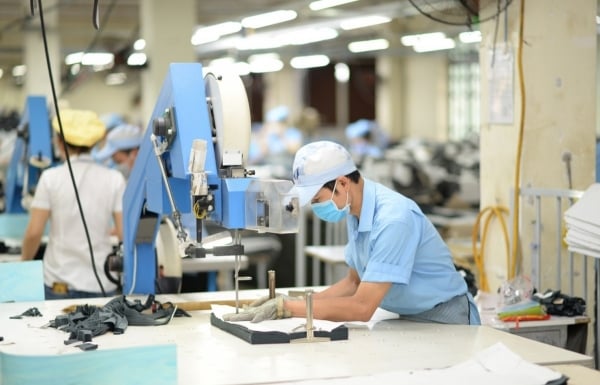

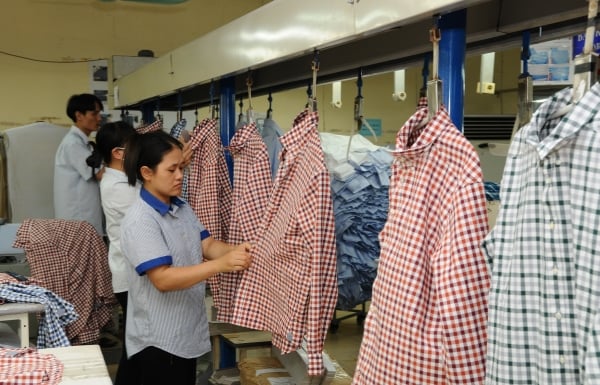
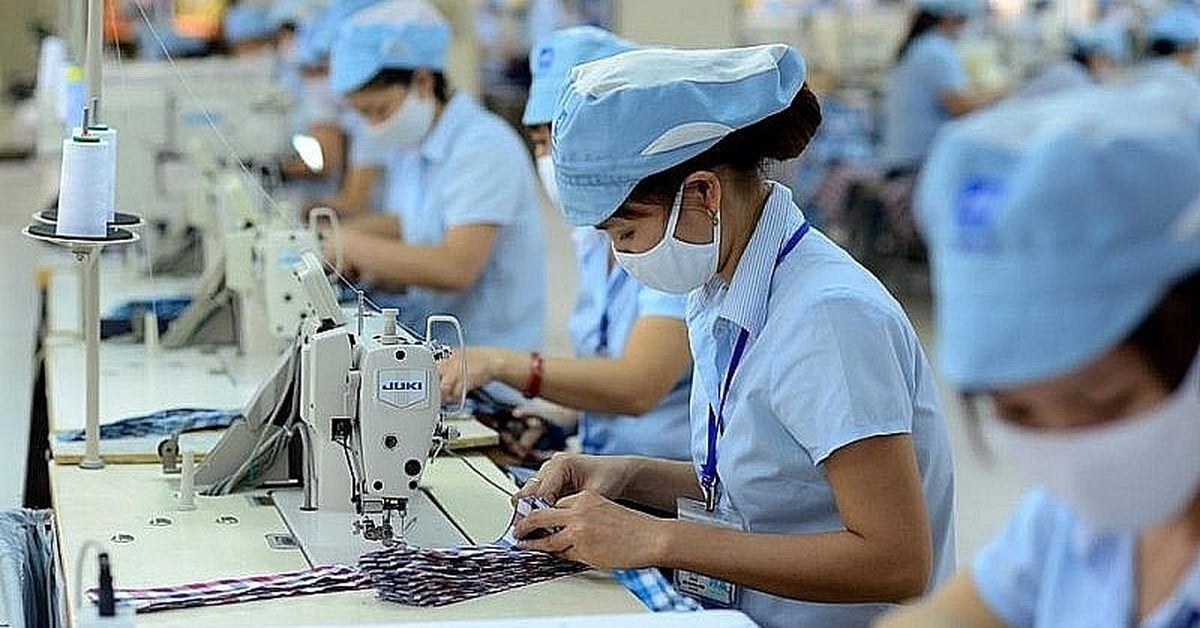
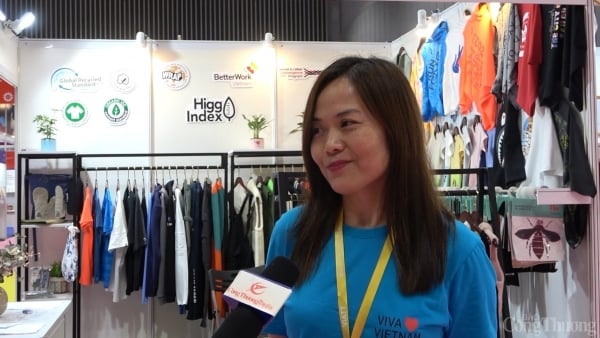
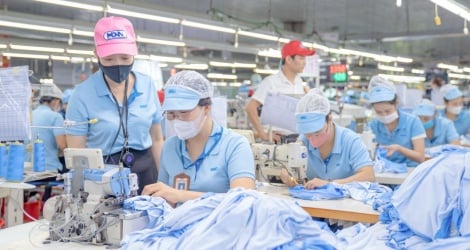




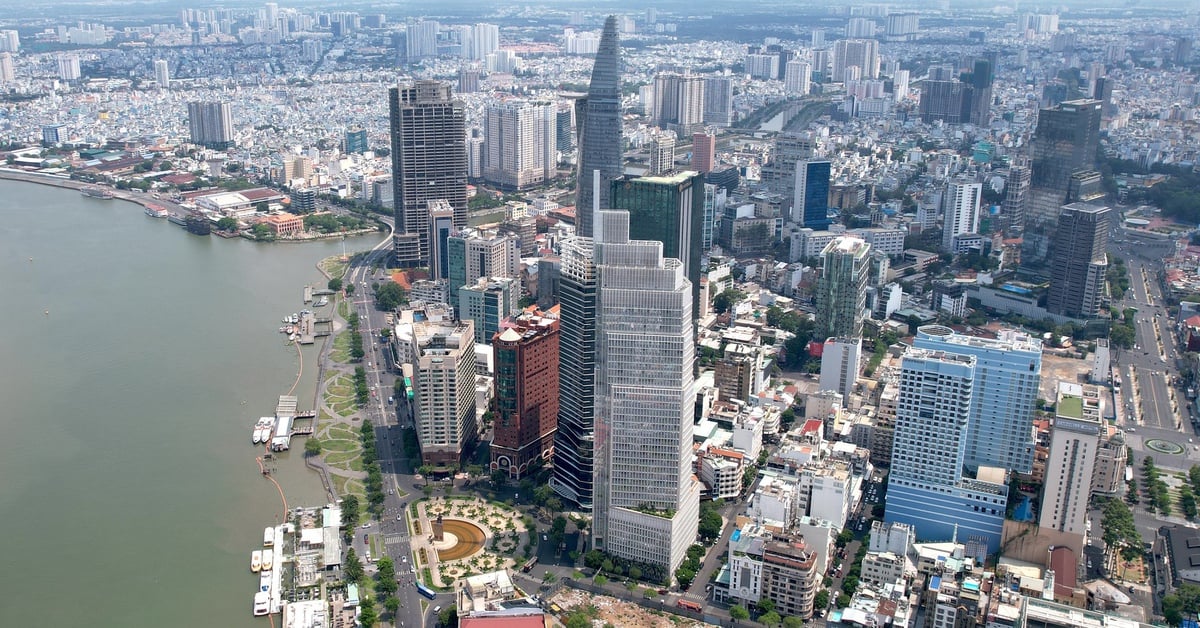

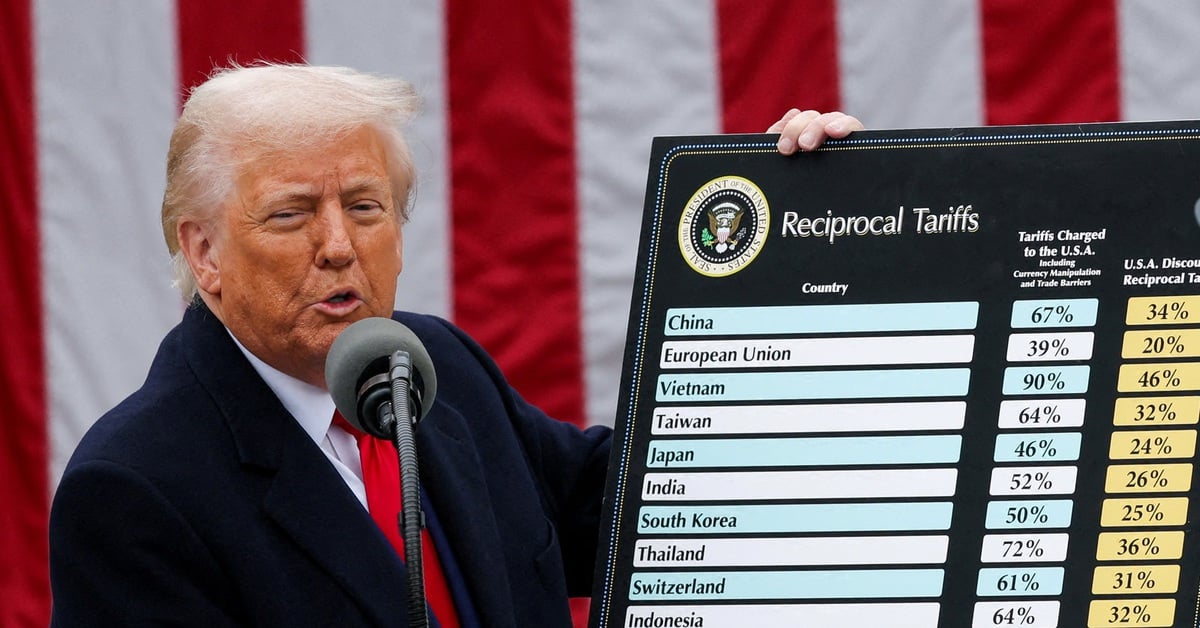
















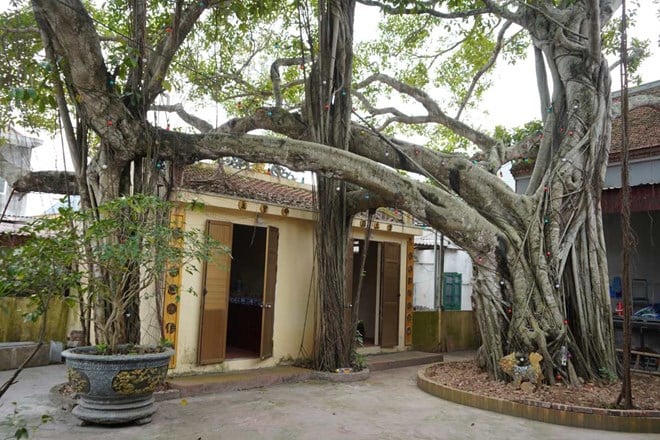
























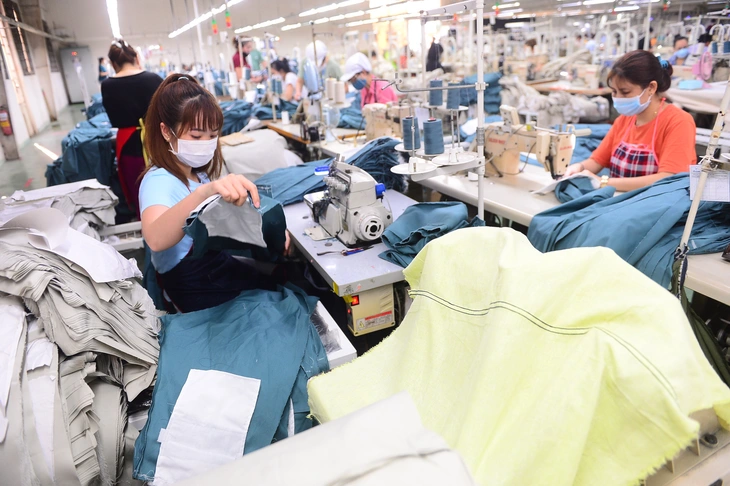
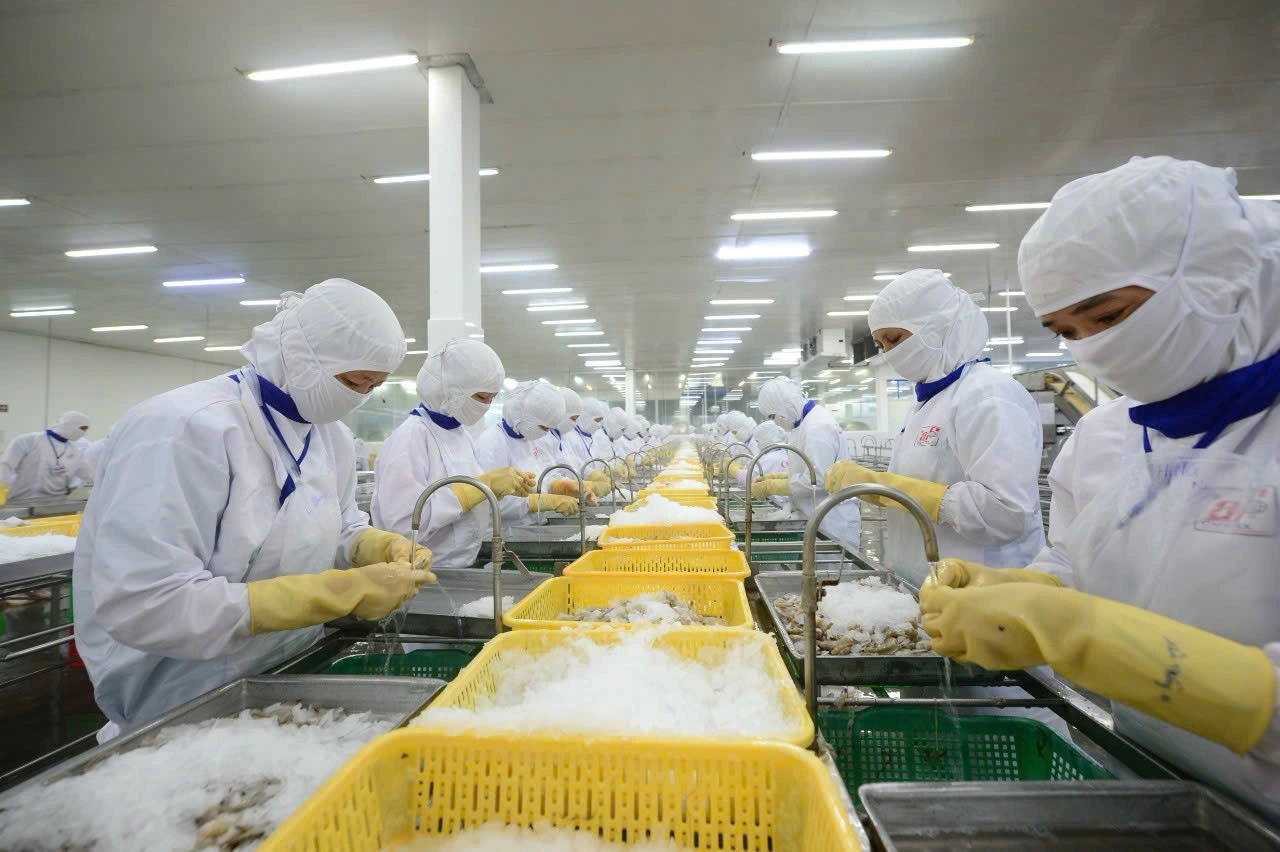

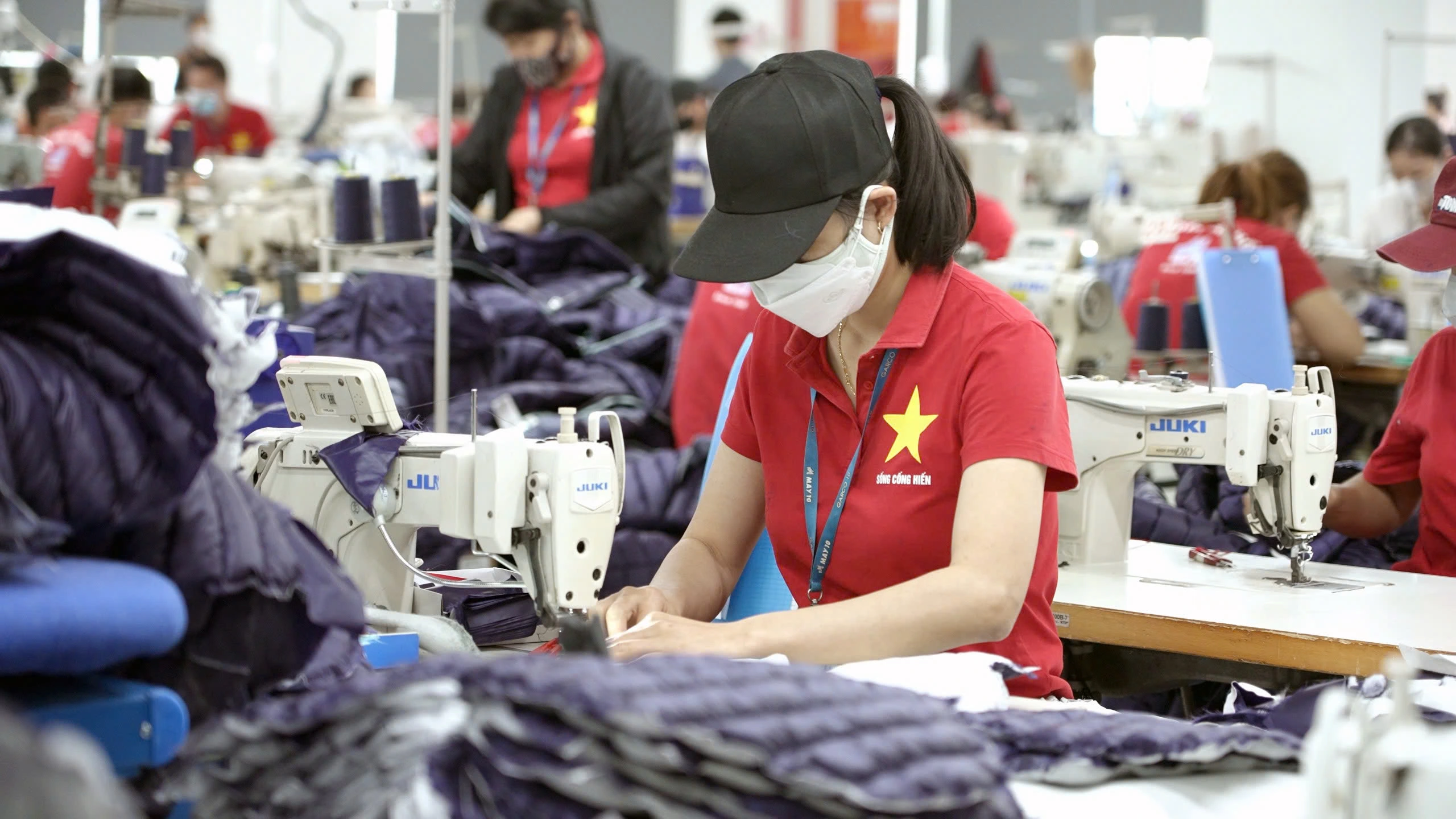









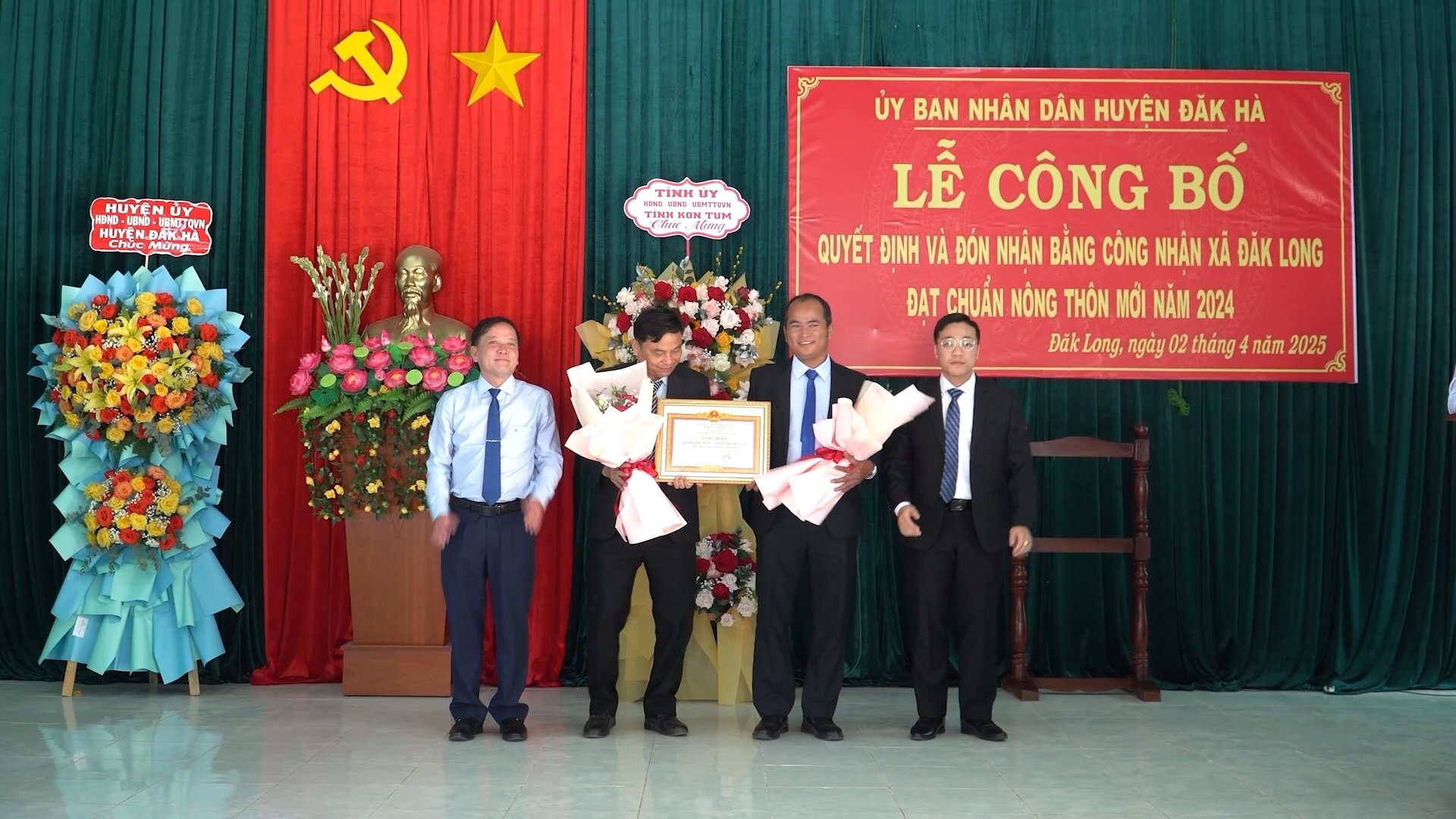
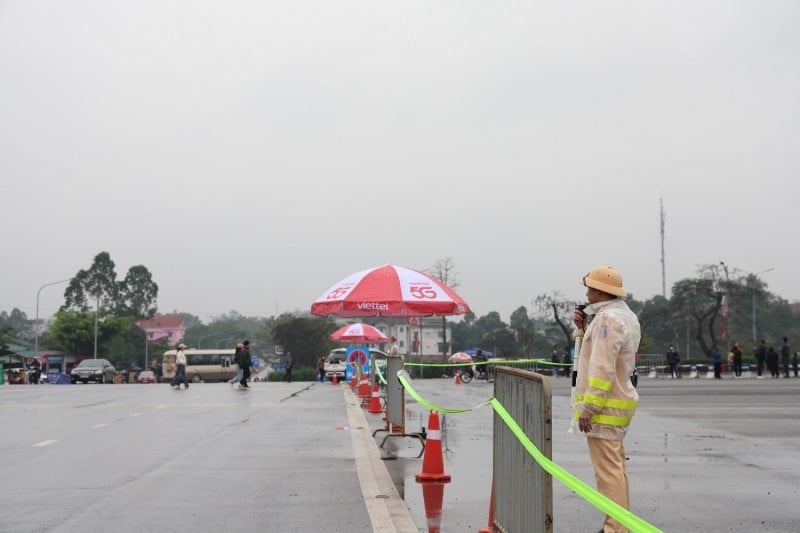
















Comment (0)